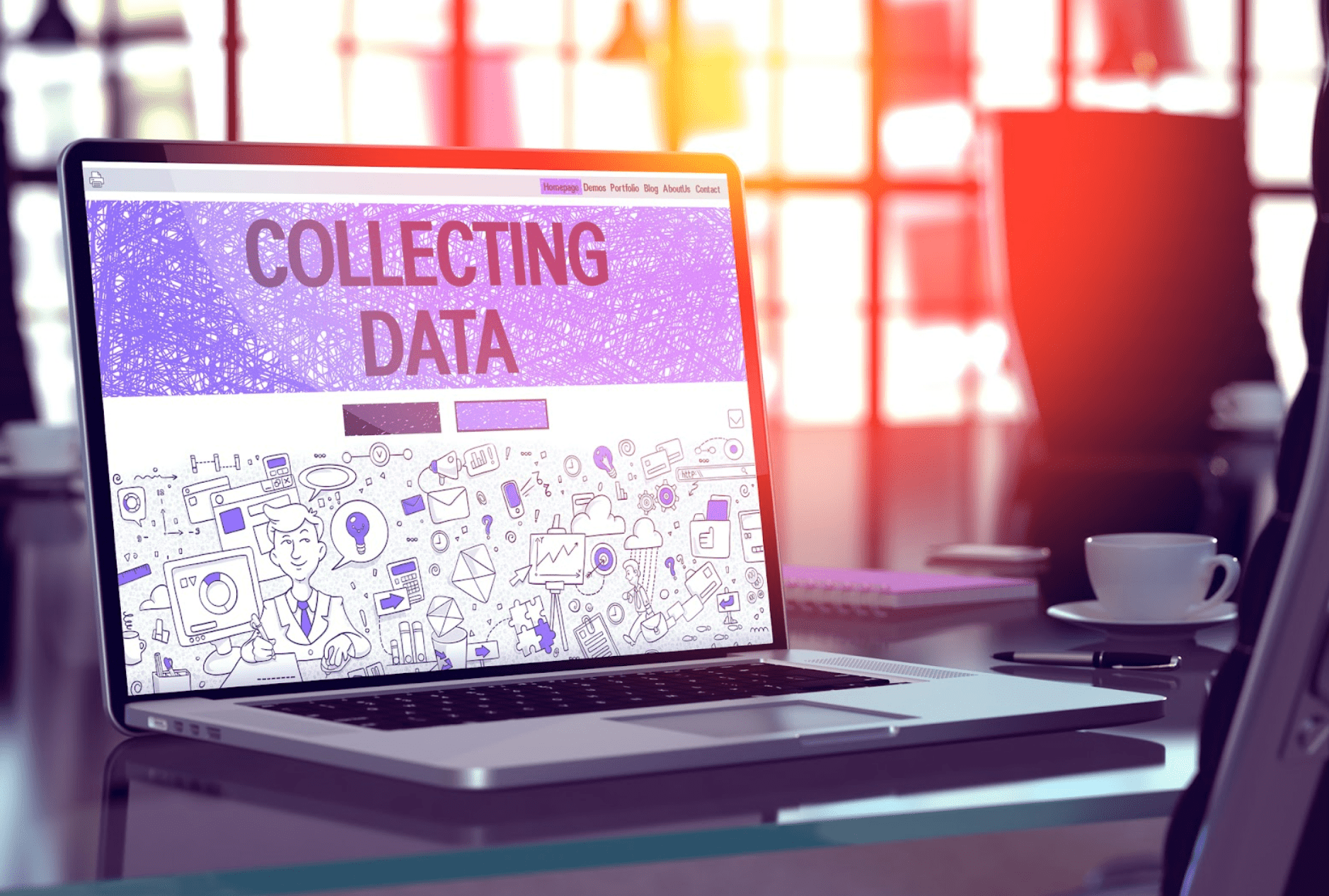Technology
Collecting Past Events’ Data to Improve Your Next Event

Collecting and analyzing data about an individual or a group of people is essential in tailoring experiences or products to their preferences. The more insight you have, the easier it is to measure the impact of a marketing operation. And events are no different.
For a long time, most event organizers were satisfied with just collecting data from forms that participants filled out. However, this data is difficult to analyze, duplicate, and share. Collecting data in 2022 has evolved beyond just measuring and analyzing information to creating meaningful and memorable future events.
The main problem is that the amount of useful data collected during an event can be overwhelming, and the process may not be as easy as you think. If this is the case, don’t worry. In this article, we will look at everything you need to know about event data and how you can use it to provide better experiences.
What is Event Data?
Event data describes the raw numbers and text that event organizers collect about the behaviors and experiences of event attendees. It is most useful when it provides relevant and actionable insights to the people who attend. Most organizers use attendance data alone to gauge the success of a past event. However, this metric alone doesn’t contain enough data to let them understand their attendees and their behaviors in order to create a better experience the next time they have an event.
Event Data Collection
Every attendee generates a significant amount of data throughout the course of the event. Having the right tools to ensure a precise data collection exercise is essential to have meaningful data. Here are some tools that you can leverage for effective data collection.
1. Registration and Check-in
Registration is the first phase of event data collection. It allows for the collection of declarative data from the participants. To avoid making the registration process troublesome, it’s important to focus on the key elements and not go into detail at this stage.
Most event organizers today use automated systems and for good reason. Most of these systems are advanced, as they not only collect default information such as names, addresses, and contact details but also more personalized data. This is done by dividing participants into categories, such as attendees, sponsors, and VIPs. From there, it’s simple to identify their interests and reasons for attending. This type of event data provides valuable insight into the way you organize and manage all your future events.
2. Online Surveys
Post-event surveys provide the most meaningful data to organizers. They measure experience and gauge attendees’ satisfaction with any aspect of the event, be it speakers, sessions, accommodation, or travel. This is the most crucial information, so the survey questions should be short and stick to the most pertinent ones. This information not only helps you make any necessary improvements to the next event, but more importantly, it helps you figure out whether attendees enjoyed the quality of your event and found value in it. The data, when used properly, can also tell you whether or not they would like to attend another one that you organize, or encourage others to attend.
3. Mobile Apps
Collecting and analyzing data is a major pain point for event organizers. Mobile event apps have made the whole process of collecting event data much easier. They allow event organizers to track app downloads, return app visits, and facilitate questions and answers about event experiences. Based on their in-app actions, you can see how attendees are engaging with your event and what interests them the most.
Event apps are also useful for providing data about the activities included in the event and even guest speakers. According to how attendees react to different activities and speakers, you can know whether to bring them back for the next event or change them to others that will be more enjoyable for participants.
4. On-site Event Management
On the day of an event, participants take part virtually or in person. Their presence is validated when they participate in various sessions and activities, meet other participants, and visit booths that interest them.
On-site event management systems have evolved with time and are at the heart of event data collection. These applications function as centralized systems that assist you in tracking and reporting on metrics such as payments, revenue, and profits. They also integrate event data with other business departments such as finance and marketing. Event planners can access data from these systems and analyze trends to help them stay on top of their revenue.
5. Social Media Engagement
In this digital world, analyzing and measuring attendees’ social media activity before, during, and after the event is crucial to knowing the success of your event and changing sessions to fulfill their expectations.
There are several analytic tools, like Hootsuite, that event planners can use to measure engagement numbers on attendees’ social networks. These tools allow you to see which platforms are the most effective and what participants are posting on their pages, especially after the event. Knowing this will enable you to know what engages them and strive to improve on previous event experiences. This is one of the most efficient qualitative data collection methods to assess event success and improve future events.
Activating Event Data
There’s no point in collecting event data if you don’t put it to proper use. After collecting and decoding data, it’s time to make various decisions about your next event. The more relevant and actionable data you have, the more effective actions are likely to be taken. These actions include:
1. Personalize Experiences
Now that you have the attendees’ likes and dislikes, you want to attract them back and even invite new ones. Registration data allows you to create personalized online experiences, recommend interesting sessions, and suggest speakers to your future participants. This will only be possible if you have accurate enough data to personalize their experience.
2. Increase Participation Rate
Intent data allows organizers to understand an attendee’s interest. Their choice of content, theme and speaker for the event should be at the back of your mind. If they found anything that didn’t impress them and they feel disinterested in the next event, you can improve their participation rate by reaching out to them personally.
Follow up on individual registrants who haven’t downloaded their badge or activated their online account, inactive ones who have a high probability of not showing up, and notify participants of their pending appointments. These practices make participants active and engaged and assure them that their preferences will be considered at the next event.
Conclusion
When evaluating success metrics for your events, always strive to be on an upward trajectory and step up your game for every event. Even so, data collection is the best way to keep your events engaging and enjoyable for attendees. This is the biggest challenge, but with the right tools and following the right process, you can expect your event metrics and profits to increase.










